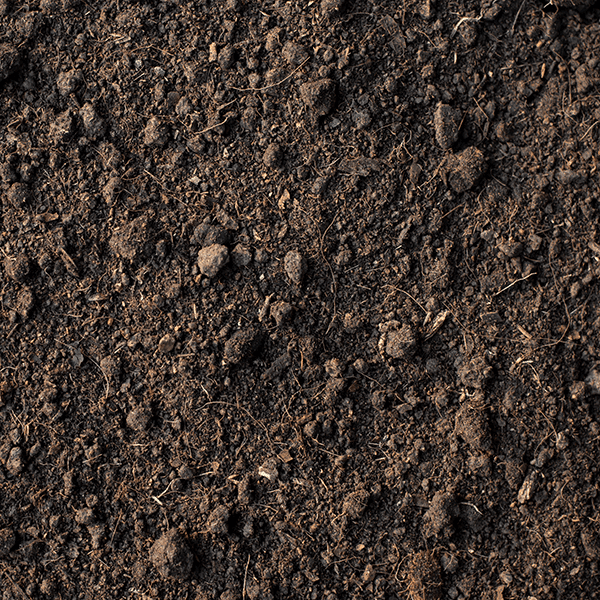
Uncontrolled subsurface gas migration and emission pose a number of risks to the environment and human health & safety from anthropogenic sources. Natural ground gases such as methane and carbon dioxide are found widely in soils and rocks, as they are an integral component of the geochemical cycle of the Earth. Methane and carbon dioxide can also occur due to the activities of man such as landfilling waste (landfill gas) and mining (mine gas).
Migration pathways include pore spaces (e.g. in sands or gravels), fractures, joints, bedding planes and fault lines. Anthropogenic influences can increase permeability, for example, by activities such as mine grouting, air blast rotary drilling, blasting and mining. All of these can have potentially catastrophic effects on pathways and ground gas movements. In addition, anthropogenic influences include sewers, granular backfill around services, cable ducts, pipes, service ducts, drains and voids such as inspection pits, underfloor spaces and basements, all of which may provide preferential ground gas migration pathways.
It is well known that the presence of methane gas can be highly hazardous to human health. However, the fact that methane is a colorless, odorless gas means that there is no simple indicator of its presence until such a time as explosive limits are reached and an incident occurs. For this reason, it is vital that sources of methane are identified prior to any work on a (construction) site commencing, and that measures are put in place to prevent a dangerous build-up of gas within buildings.
Carbon dioxide is also a colorless, odorless gas that, although non-flammable, is both toxic and an asphyxiant since it displaces oxygen. As carbon dioxide is denser than air, it will collect in low points and depressions, which can be an extreme hazard during foundation construction and earth movements on development sites or in finished buildings and structures.
In addition to methane (CH4) and carbon dioxide (CO2) from landfills, numerous trace gases may be present in ground gas, depending on the nature of the contamination or underground activities. Other constituents principally may include carbon monoxide (CO) and hydrogen sulfide (H2S) as well as a cocktail of other hydrocarbons and volatile organic compounds (VOCs).
GasClam 2 continuous ground gas monitor collects unmanned continuous ground gas concentration data as well as parameters that are known to control it – subsurface pressure, atmospheric pressure and water level. It is an ideal solution for managing soil and ground gas risks because it provides a hierarchy of financial benefits, including reducing the number of site visits by a field engineer, reducing the overall length of monitoring programs as legislative data requirements can be met quicker, and offers the largest savings made by designing appropriate, rather than over-engineered, solutions based on complete and robust data. Providing the ultimate performance, the GasClam 2 is recognized as the industry’s best practice for ground-gas monitoring and possesses battery-powered deployment for over 3 months (depending on logging frequency). By demonstrating regulatory compliance and due diligence, as well as optimizing site management with insights from continuous monitoring, the instrument is the ultimate safety solution for companies managing risks for soil and ground gases.
ION Science is a leading gas detection and prevention company offering a variety of solutions across a vast amount of applications. We offer a selection of products and instruments to assist companies who need to manage their soil and ground gas risks. To learn more information about products offered by ION Science for gas and leak detection, view our products page. For more information about specific solutions for soil and ground remediation or if you have a question for us, contact ION Science today.











